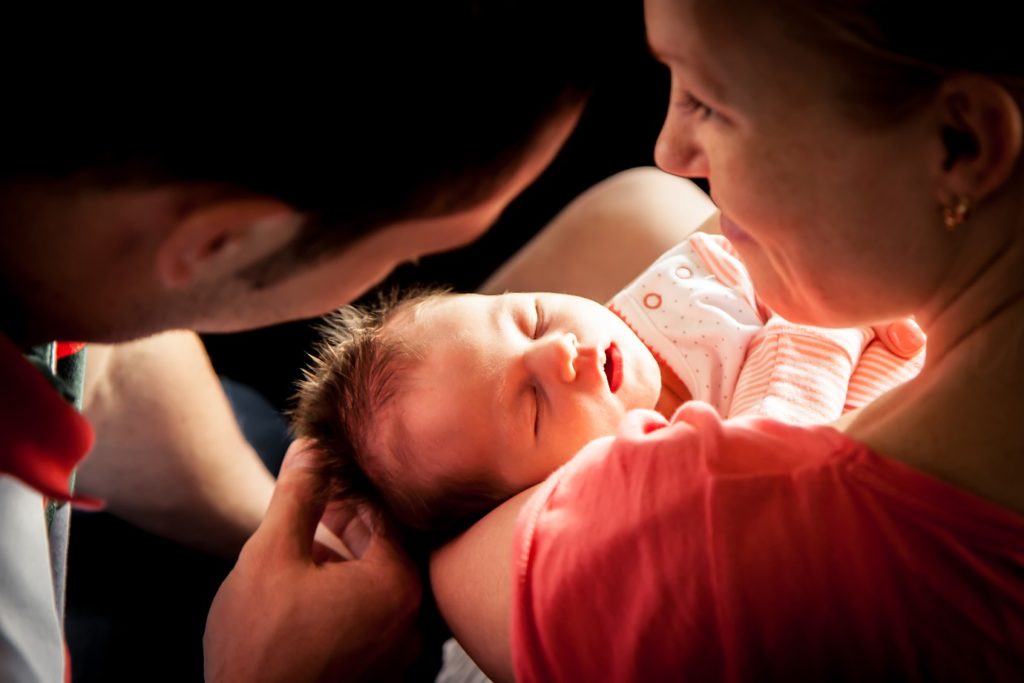A new study by academics at the University of Sydney claims that in the last ten years, almost all paid parental leave under the role of ‘primary carer’ has been taken by women.
The paper warns that the lack of improvement on the ten-year-old paid parental leave scheme has only ingrained gender inequality, both in the workplace and at home.
Published in the Journal of Industrial Relations, Professor Marian Baird and Associate Professor Myra Hamilton from the University of Sydney Business School emphasise the benefits of giving more opportunities to fathers to take parental leave as well as women greater opportunity to participate in the paid workforce.
Over the last decade, data from the Australian Bureau of Statistics shows that 95 percent of primary carer paid parental leave was taken by mothers, and 95 percent of secondary carer leave was taken by fathers. This, despite most primary and secondary carer paid parental leave schemes being accessible to both women and men.
Professor Marian Baird said the Paid Parental Leave Act was “a giant leap forward” when it came out in 2010, but that it has “barely changed in a decade.”
“Our research shows that opening up opportunities for fathers to take paid carer leave will make significant headway towards gender equality. But after almost a decade since the Act was introduced, there’s been no movement in the duration of leave that’s accessible through paid secondary carer leave provisions like Dad and Partner Pay.”
In the 2013, amendments to the original scheme Dad and Partner Pay were made. However, it still only provided two weeks of pay for subscribers and has so far had very few fathers sign up. In fact, according to Department of Social Services data only roughly 25 percent of eligible fathers and partners accessed the payments in the years between 2018-2019.
“The short duration of secondary carer leaves like Dad and Partner Pay emphasise the role of fathers as ‘supporters’ at the time of birth, rather than being substantially involved in the care of their children in the early years,” Associate Professor Myra Hamilton continued.
“While having time together at the birth of a child is important for couples and babies, the sharing of primary care over a longer period is what will lead to more gender equitable outcomes.”
Associate Professor Hamilton also believes that another reason why men don’t take the leave designed for them is that both Paid Parental Leave and Dad and Partner Pay are paid at the national minimum wage.
“Clauses, policies or workplace contexts that incentivise shared use of paid primary carer leave by mothers and fathers would also lead to more equitable outcomes,” she said. “So, it’s not just policymakers who need to be part of the solution, but employers and unions too.”
The pair’s research paper, titled ‘Gender equality and paid parental leave in Australia: A decade of giant leaps or baby steps?’, lays out reasons why design features of the original scheme (such as prohibiting the equal sharing of leave between mothers and fathers) resulted in only women signing up for it.
“It was ‘parental leave’ in name and was technically available to either parent but was clearly targeted at the birth mother,” Professor Baird said.
“While there have been improvements like the introduction of Dad and Partner Pay and, more recently, allowing some flexibility in the use of the 18 weeks, these incremental policy shifts have done little to shift the dial on gender equality.”
“Governments need to work in consultation with employers and unions to improve the architecture of the original paid parental leave scheme, meeting the expectations of working mothers and fathers today.”
Last week, The Women’s Budget Statement announced that National Cabinet will focus on the issue of women’s economic security in July and “consider establishing a national plan for women’s economic security”.
Currently, Parental Leave Pay offers $150.78 per day before tax or $753 a week. Though there remains no super with the scheme.
And, as Kristine Ziwica expressed: “A more ambitious childcare plan, movement on paid parental leave equality, super contributions paid during parental leave, anything to address the undervaluing of women’s work, particularly in caring professions, the acknowledgement of the existence of pregnancy discrimination, which affects one in two women? Anything on any of those fronts would be a start.”
Industry Super Australia Chief Executive Bernie Dean told news.com.au last week that it was disappointing the government didn’t take the opportunity to close the gender gap by getting super paid on paid parental leave.
“The best way to improve women’s economic security is to stop talking about it as a problem and get rid of outdated policies by paying super on every dollar they earn and mandating that it be paid on payday,” he said.
“The government is sending the message to mums that it is ok for their savings to suffer when they take time out of the paid workforce to raise children.”


